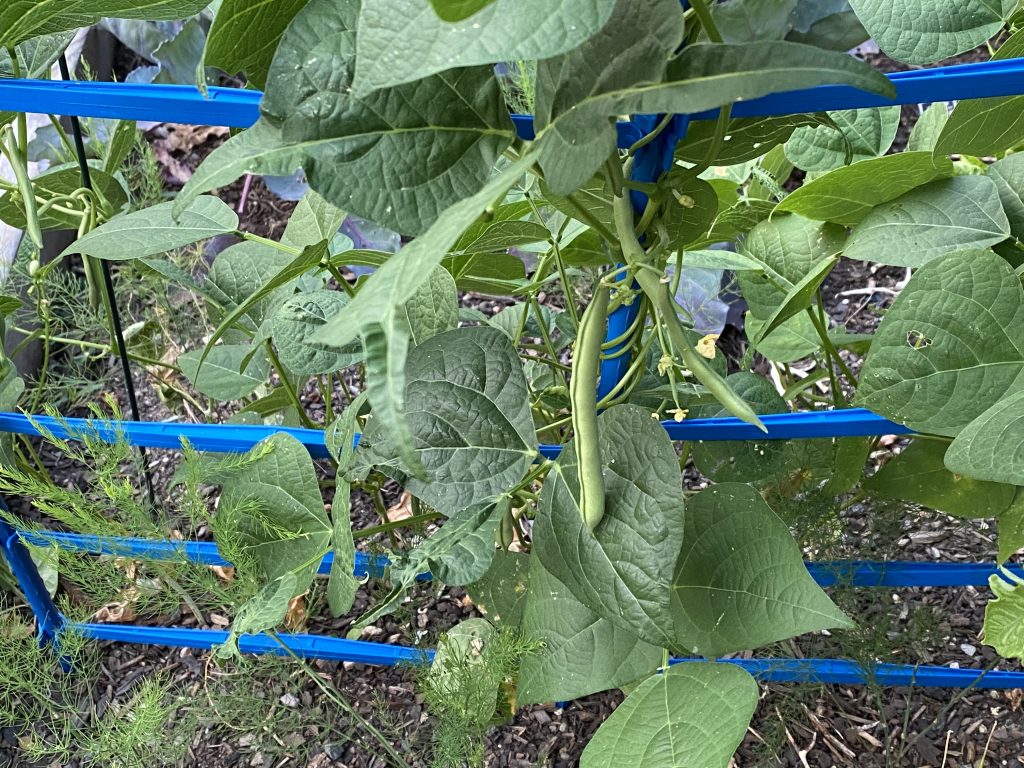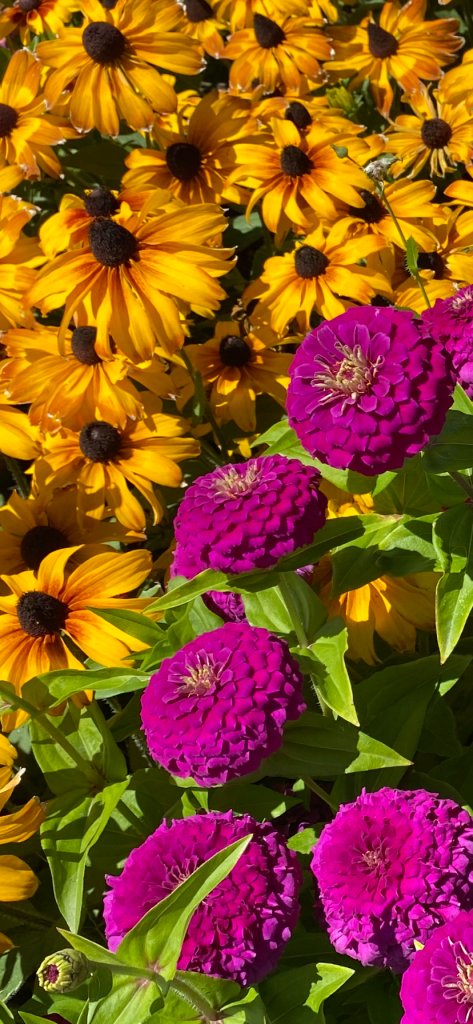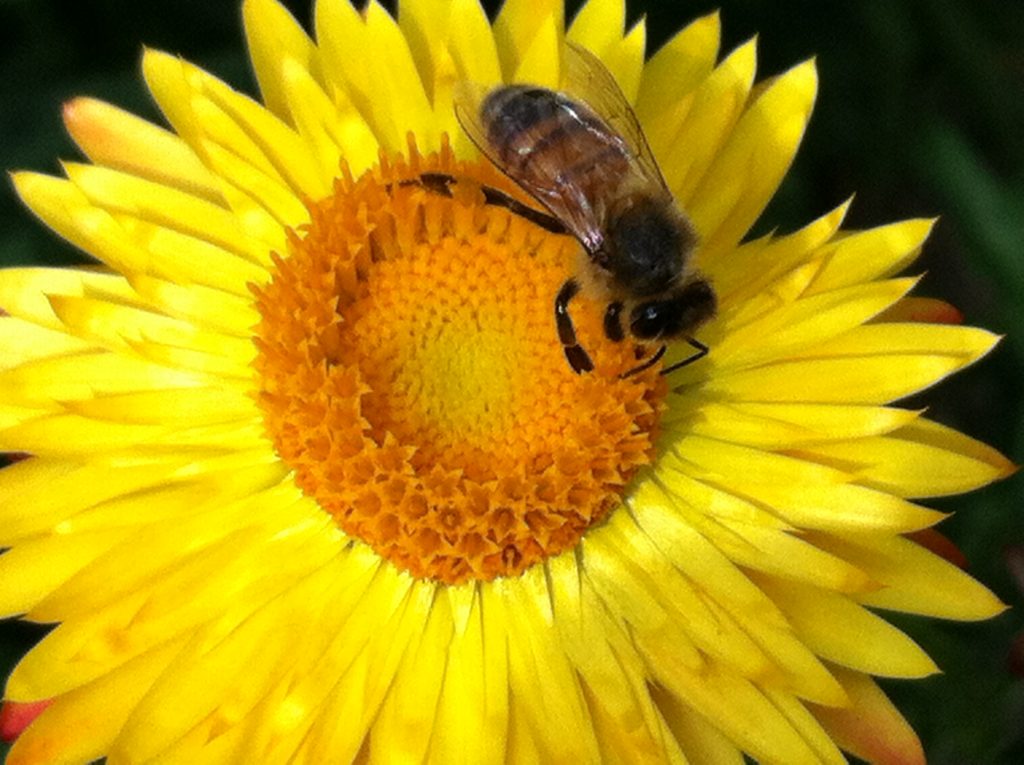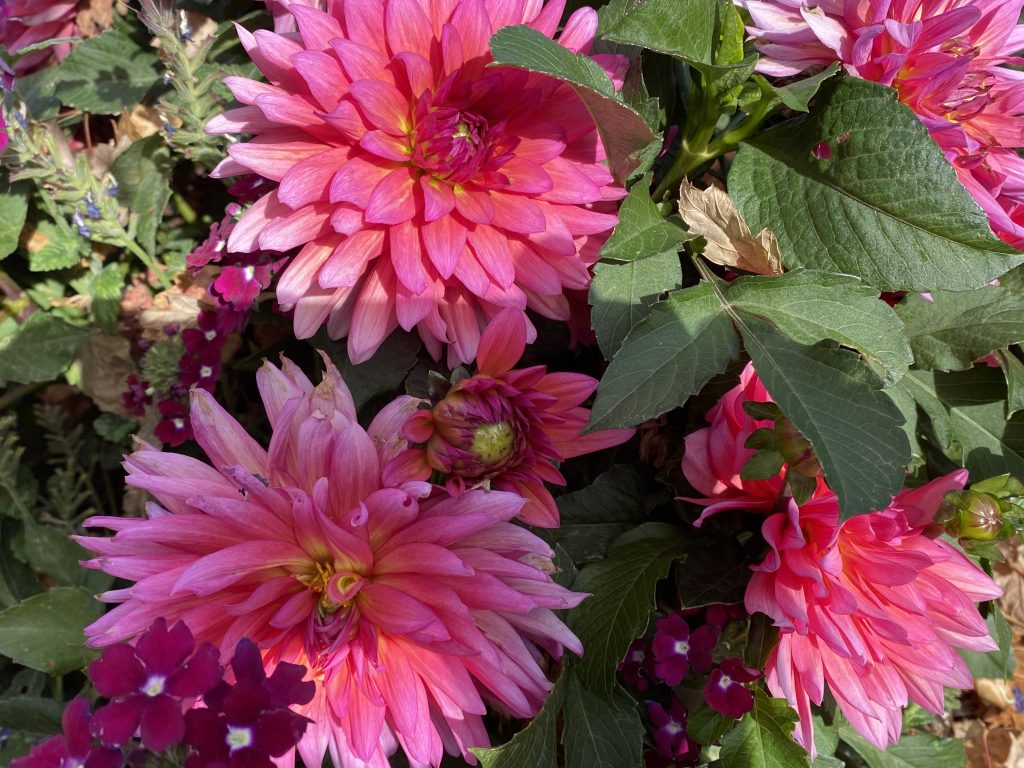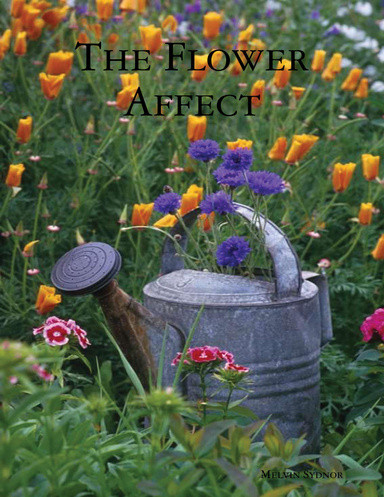
Now is the time to implement a drip irrigation system. Here’s a few good reasons why you should. Drip irrigation systems offer several benefits for agriculture and gardening:
1. **Water Efficiency**: Drip irrigation delivers water directly to the plant roots, reducing water wastage through evaporation and runoff.
2. **Improved Plant Health**: By providing consistent moisture levels, plants experience less stress and grow healthier.
3. **Weed Control**: Since water is targeted to the plants, the surrounding soil remains drier, reducing weed growth.
4. **Nutrient Efficiency**: Fertilizers can be applied through the drip system, ensuring nutrients reach the plant roots directly.
5. **Cost Savings**: Reduced water usage and improved crop yields can lead to cost savings for farmers and gardeners. Cheers

